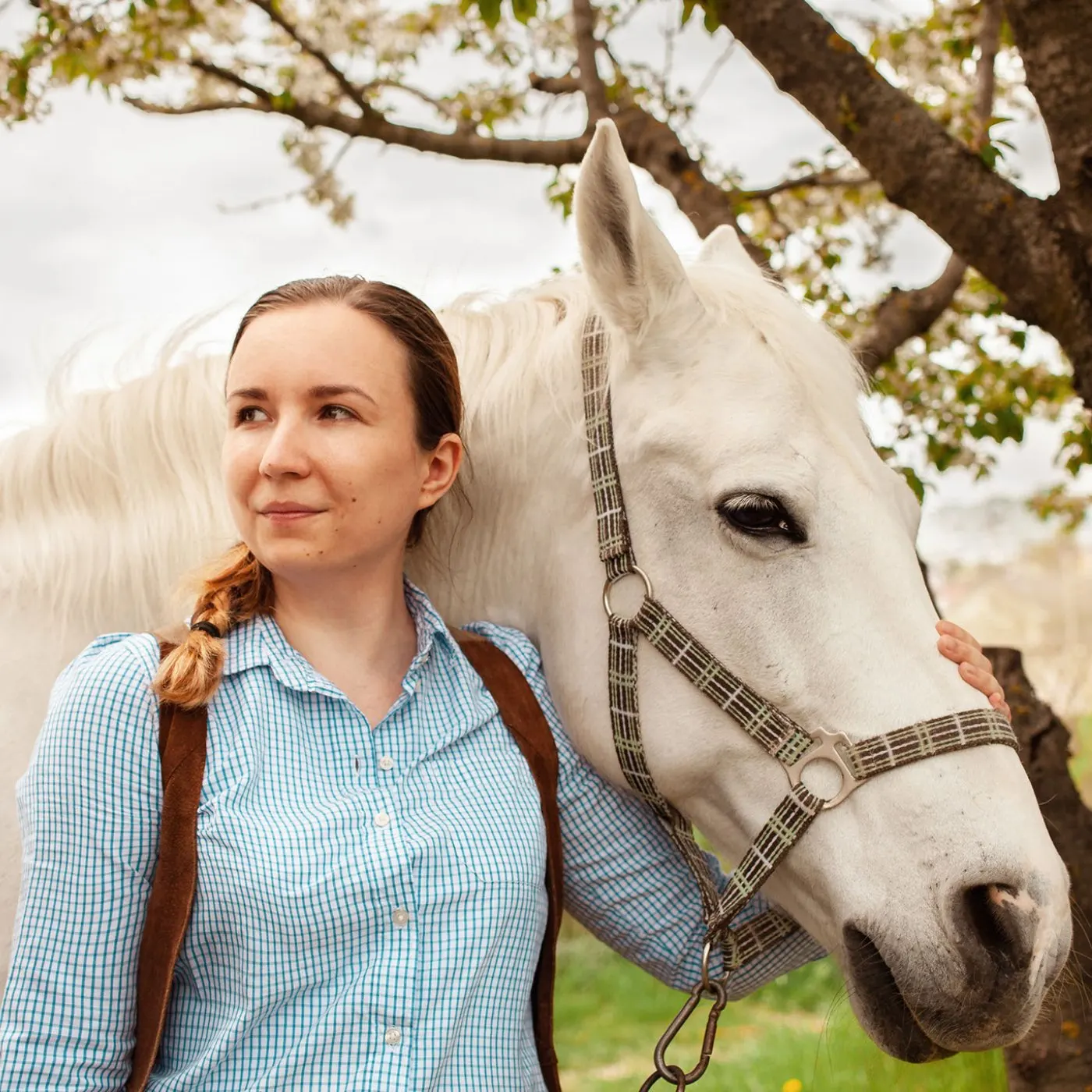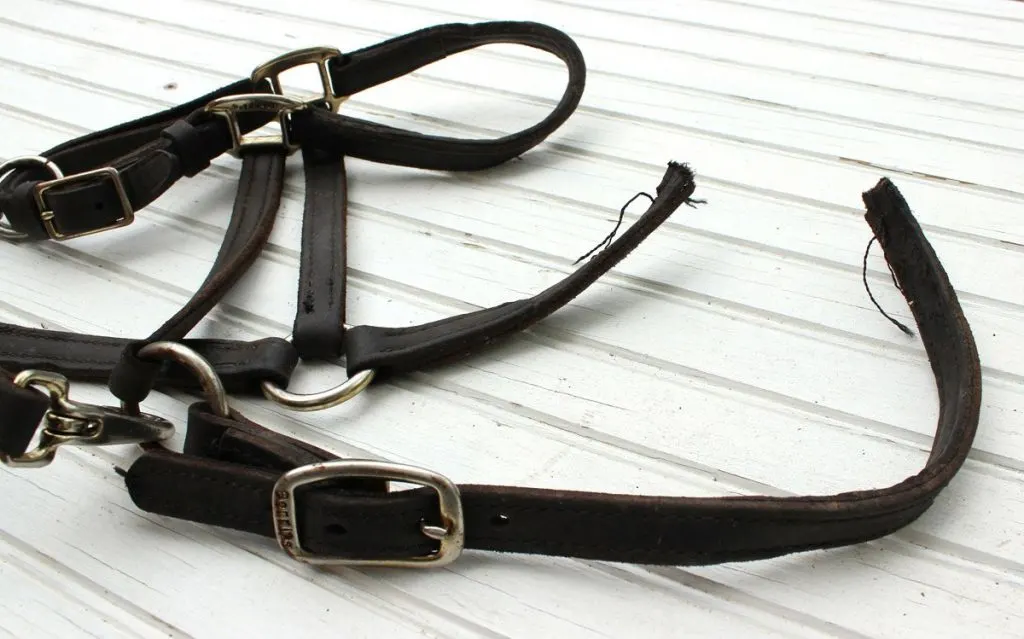Buying a horse is a big commitment, but it doesn’t have to be unaffordable or out of your budget. You can reduce your costs in many ways, and in some cases, you can even eliminate the cost. Of course, your budget should include non-negotiable costs like food, medical expenses, and board. But you can reduce these costs by following our top cost-reducing tips below.
We have divided our top budgeting tips into six categories. Each category contains six budgeting tips. These categories include:
- Reducing everyday horse expenses
- Reducing the costs of your gear and equipment
- Reducing the cost of your horse’s food
- Reducing the costs of showing
- Reducing the costs of traveling with your horse
- Reducing your costs by sharing resources

Reduce Your Every Day Expenses
You can reduce your everyday expenses in several different ways. We have listed our six favorite money-saving techniques below.
- Get a reusable water bottle. You can save money by refilling your bottle instead of buying water or soda while you are at the stable.
- Wear your old clothes when doing chores or working with your horse. Clothes will get stained and ruined, so make sure you aren’t wearing your Sunday best and that you can replace them cheaply.
- Pack your snacks when you go to the stable so that you don’t buy them from the gas station on the way to see your horse
- Patch your clothes rather than choosing to buy new ones. I have had jeans last an extra year because I decided to patch them.
- If you have events that require you to wear clothing in pristine condition, keep them separate and only wear them at those events. This way, you won’t have to replace them very often.
- Buy your clothes from the thrift store. When working with your horse in the pasture or at your own stable, you can wear any clothing without worrying about brand names (as long as the clothing is appropriate for horse riding, i.e., jeans rather than shorts or a skirt). Even the online second-hand shop ThredUp sometimes has riding clothes. (Pro tip: set alerts on Ebay and ThredUp so you’ll get an email alert when an item is listed in your size from your favorite brands)
Reduce the Cost of Your Tack and Equipment
One of the most expensive up-front costs of owning a horse is the purchase of tack and equipment. However, you can reduce this cost in several ways:
- Buy used tack. You can find used tack in excellent condition and pay a fraction of the cost. Purchasing used equipment can also be a perfect way to get leather tack if brand-new leather is out of your price range.
- Buy quality products. If leather is out of your budget, you can still find a good quality synthetic that will last many seasons. If you cut costs by purchasing low-quality equipment, you will replace your tack and equipment more often, which will cost more in the long run.
- Sell any equipment you no longer use. Unless you have a purpose for it, selling your old gear can bring in some extra cash. However, don’t sell the equipment you are likely to need in the near future. For example, don’t sell the bridle that is too small for your current mount if you know you are purchasing another horse soon. Your new horse may fit that old bridle.
- Repair it, don’t replace it. You can save money by repairing your equipment rather than replacing it. For example, if your rug gets torn, have it repaired rather than buy a new one. My last horse was hard on blankets and tore them every 2-3 months, even the heavy-duty ones. Instead of paying hundreds for a new blanket every time, I paid less than $100 to have it repaired. You can even repair your own halters.
- Look after your gear! If you clean your equipment after every use and store it properly, it will last much longer than if you leave it dirty and keep it on the floor.
- Make your gear. Leather work may be out of the question, but you can easily make stirrup covers and saddle covers to keep your gear safe while it is in storage.

Saving Money on Hay and Feed
Buying food for your horse is non-negotiable. However, there are several ways that you can save money on your horse’s food.
- Leave your horse in the pasture more often. If you have access to pasture, leave your horse out to graze as much as possible. Allowing your horse to graze will reduce how much grain you feed your horse.
- Feed your horse more hay to reduce the grain they need to be fed.
- Buy food in bulk. The upfront cost can be expensive, but buying in bulk is usually much cheaper if you can find the money.
- Save yourself the delivery fee by picking up your feed orders instead of having them delivered.
- Buy your hay early in the season. Hay is cheaper to purchase when there is a lot of hay available. Later in the season, when demand is high, the cost will increase.
- Buy round bales. They are harder to handle but are generally cheaper to buy (read our breakdown here).
If you choose to increase your horse’s grazing time or hay intake, remember to ensure they are still getting all the necessary nutrients. Just because you can reduce the grain required doesn’t mean you can eliminate it.
Many feed manufacturers publish coupons. Once you know how to coupon, you can begin expertly using coupons to get big discounts on brand-name horse feeds.
Reduce Your Cost of Showing
Horse shows will increase your horse costs. This cost increase is because they require particular gear, travel, and specific grooming techniques. But there are still a few ways that you can reduce your showing costs.
- Buy classic gear. Trends change in the show ring just like they do in the fashion industry. By buying classic gear, you know you will always be able to use the equipment in the show ring, and you won’t have to upgrade to match the latest show trends.
- If you are still growing or you have fluctuating weight, buy a show coat that is a size bigger than you need, then have a seamstress take it in. As you grow or change size, you can then have it taken out. This will help your show coat last several seasons instead of just one or two.
- Learn show grooming. By learning how to clip, trim manes, mane pull, and braid, you can eliminate the cost of a groomer. As a bonus, once you’re good, you can get some extra cash offering your service to other riders.
- Rideshare with others from your stable. If more than one person is going to the show, ask if you can go with another person. If you have your own float, you could ‘rent’ your extra spot in the float to another competitor at your stable.
- Change your competition class. You can enter local schooling shows to save money on entry fees. Entry fees are much higher for A Circuit and rated shows.
- Assess whether you want to compete in shows. If you don’t love showing and are just participating because the rest of the barn is, you can eliminate show fees altogether by not competing. Shows are not essential, and you should only participate if you actually want to.
Save Costs While You Are on the Road
There are many reasons you may be traveling with your horse. These include shows, transporting your horse to a new stable, buying/selling a horse, etc. You can save on the cost of these trips by following these six simple tips.
- Pack sunscreen from home. It is much cheaper to purchase sunscreen from Walmart than from a gas station.
- Pack your toiletries. This includes your usual toiletries like a toothbrush, but also your pain and allergy relief. These products can be expensive on the road, and it is best to take your own.
- Pack a change of clothes, even for a short trip. When you travel with horses, there is a good chance that you will get them dirty or wet. Rather than having to purchase more or sit uncomfortably in your car, have a spare change handy.
- Pack your snacks. It is far cheaper than buying on the road.
- Like snacks, meals are expensive when you are traveling. Save on these costs by packing sandwiches or other food that doesn’t require a microwave.
- Pack an extra phone charger. If yours breaks on the way, buying a new one can be extremely expensive at a gas station. It is much cheaper to pack the spare charger that you bought for $2 at a street market.
Share Your Expenses
Another way to save money is to share your expenses with other people. There are many ways to do this. Our favorite six are listed below.
- If you have your own property, consider renting out a stall or one of your pastures. It’s a real way to bring in some extra cash.
- If your horse is stabled at someone else’s property, see if you can just pay for the stall and then do the feeding and blanketing yourself. Stables usually charge an extra fee for general care, so doing this yourself can help reduce your costs.
- Share your horse with another rider. You can ‘rent’ out your horse for 2-3 days a week (or lease them – read more here!). This cuts back on the time you need to spend looking after your horse. It also brings in some extra money. (Be very careful about who you rent your horse to and make sure they know how to look after them properly).
- Go halves in bulk purchases. If you can’t afford bulk purchases, see if other people from your barn want to participate. This allows you to get your supplies at a cheaper rate, but you don’t need to find the full up-front cost.
- Rent your horse trailer to other riders when you are not using it.
- Some farriers and dentists will offer discounts for seeing multiple horses at once. See if you can organize for multiple horses at your stable to be seen at the same time for a reduced rate.
Final Thoughts on Reducing Your Horse Costs
Reducing the cost of your horse is an excellent way of lowering money-related stress. It can also be the difference between dreaming about owning a horse and being able to purchase your dream horse.
If you have any great cost-reducing ideas, please let us know so we can share your top tips with like-minded equestrians worldwide!
